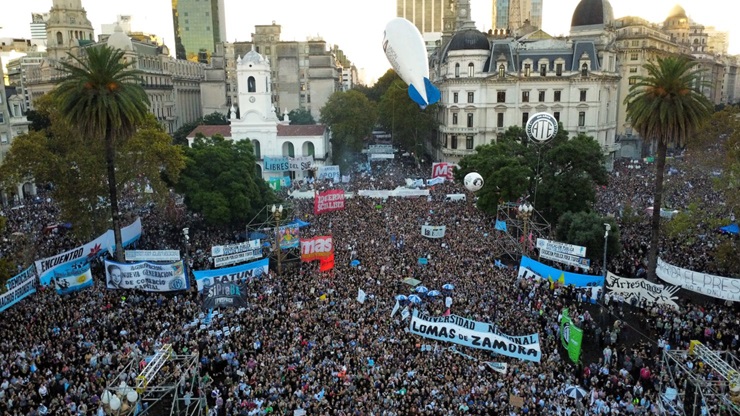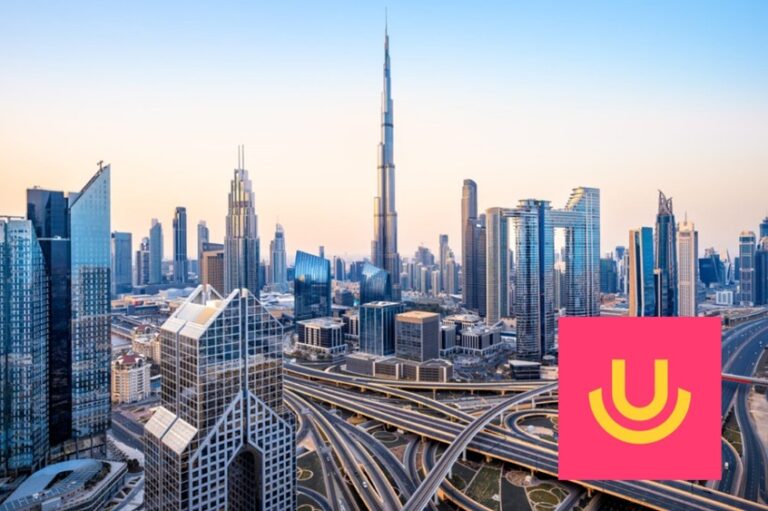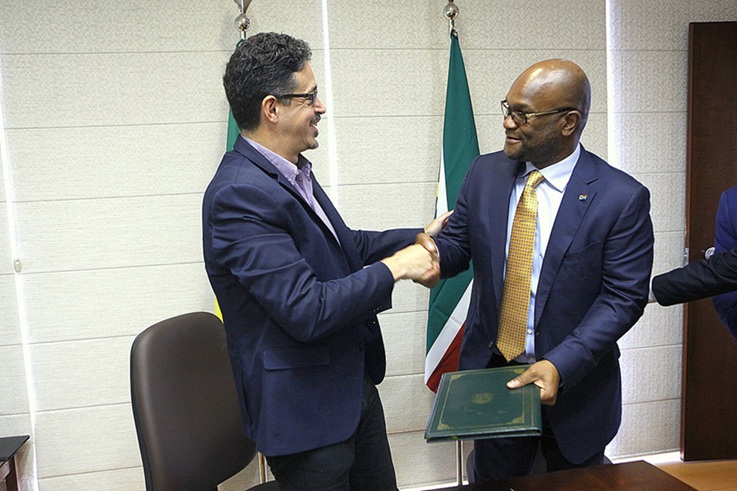Amidst a sea of voices echoing through the streets of Argentina, a powerful wave of dissent has swept the nation, challenging President Javier Milei’s controversial austerity measures. The recent protests, marked by their sheer scale and fervor, have underscored the deepening divide between the government and its people.
Students, professors, trade unions, and opposition parties united in a resounding call to action, condemning the drastic cuts to education funding. The demonstrations, which unfolded in cities across the country, including the bustling heart of Buenos Aires, served as a stark reminder of the growing discontent simmering beneath the surface.
President Milei, known for his unyielding stance on austerity, has wielded the budgetary axe with a heavy hand, shuttering ministries, slashing subsidies, and reducing the budget of public universities by a staggering 71 percent. His radical approach, symbolized by a chainsaw he brandished during his campaign, has sparked outrage and fear among those who depend on public services.
The impact of these cuts on Argentina’s renowned education system, long hailed as a beacon of excellence in Latin America, has been particularly severe. With over 2.2 million students enrolled in state-run institutions, the threat of closure looms large, casting a shadow of uncertainty over the future of education in the country.
For many, the protests are not just about defending education; they are a stand against the erosion of fundamental rights. The right to free and quality education, once considered a birthright, is now at risk of being stripped away, leaving a generation stranded in the pursuit of knowledge.
As the protests continue to reverberate through the streets, the message is clear: the people of Argentina will not stand idly by as their future is dismantled piece by piece. They are demanding more than just a reversal of austerity measures; they are demanding a future where education is not a privilege but a right for all.
(Source: Al Jazeera | BBC | El Pais)









